All about Colunga
COLUNGA´S COUNCIL
Situated in the Eastern part of Asturias, protected by the Sueve coastal Sierra, covering a little less than 100 square kilometres and with a population of around 4.000 inhabitants, the county of Colunga is divided into two large areas geographically, -the coast and the inland valleys, and the mountain area.
| Lastres |
The first of these zones, whose most Northern point is Cape Lastres,stretches from the mouth of the River Espasa on the beach bearing the same name, as far as the La Llastra brook in the Parish of Lucos. It has four important and clean beaches of fine sand: the Espasa, Isla, Griega or Colunga and Lastres beaches. The mountainous area runs though the whole Southern area (Sierra del Sueve), and much of the East and West of the county,taking in the Parishes of Pernús, Pivierda,Carrandi and Libardon.
Even though remains have been found which indicate that prehistoric cultures were present at this spot,few conclusions can be drawn from them. Moreover, there is little data to show that megalithic nomadic-pastoral peoples were present, but certainly sufficient to confirm that they had been there, as the collections of indeterminate morphology situated in the Rasa de Luces and the Viciella megalith testify.
Somewhat more is known about the Iron Age culture, and although some authors give recognition to five Iron Age settlements in the district:
Obaya, La Isla, Castiellu en Lue, La Riera and La Villeda, others make mention of only two: the settlement of Riera, where it is said that one of the fortresses mentioned by Pliny was situated, and the settlement of Villeda, better know as “The Castru” in S, Juan de Duz at the mouth of the River Colunga, close to the Griega beach. In view of the abundance of remains found, it can be affirmed that it was an organised region under Roman rule, the discoveries of agricultural “villae” in Isla being particularly outstanding. And it was to gain importance as an agricultural centre in the second half of the II Century and during the whole Late-Imperial period.
| El Sueve |
Although there was no further historical information about Colunga until the beginning of the IX Century, everything seems to indicate that the county of the Middle Ages arose from the ruins of what has been organised by the Romans.
Caravia was part of this county until the XIII Century in which, under Alfonso IX, it passed into the domain of the Church of Oviedo (1.215).
The village was founded before 1294 in the times of Alfonso X, or Sancho IV, undergoing the same process as the other Asturian villages during the Trastamara wallies.
A county without an owner since the XIV Century, although the Boundaries and Town of Carrandi at the foot of the Sueve did belong to the Bishopric of Oviedo during the Middle Ages until, with Papal authorisation, they were transferred to the Crown, from whom they were acquired by Gonzalo Ruiz de Junco in 1.586, subsequently passing to the Bernaldo de Quirós. In 1.826 they were incorporated into the County, suffering various vicissitudes during the latter by Napoleon ´s in 1.809.
Essentially an agricultural and cattle rearing county, it complements its economy with a significant fishing industry centred totally on the port of Lastres, an important population centre, which is even larger than the Town of Colunga, the capital of the County. Moreover, it has great tourist potential: its magnificent beaches, its rich variety gastronomic dishes, the picturesque port of Lastres, the Sierra del Sueve, La Isla summertime resort, the green landscapes, and the enchantment of a rural area which still preserves its regional character, are more than sufficient attraction to turns this small corner of Eastern Asturias into a spot to enjoy a wonderful holiday.
Don´t forget to visit
Lastres
A picturesque fishing port, a topographical and urban wonder, ancient Roman port and a colony of daring whale fishers in the Middle Ages, where every house is a step on an urban stairway which winds around a natural hill on which the road spirals its way to the crest. Its fishing fleet keeps the kitchens in the well-frequented local restaurants busy, and all kinds of fresh fish and seafood can be enjoyed there at reasonable prices.
Sierra del Sueve
Although there are many others, the most suitable access is through the vantage point at El Fito, the balcony of Eastern Asturias from where the whole of the coast from Llanes to Villaviciosa, the inland valleys of the Rivers Piloña and Sella, and the spectacular Cornión and Urrieles massifs are to be seen. From there it is possible to climb to the Sierra’s highest point, the Pienzu Cross (1.146 m) in just over two hours. It is only 5 kilometres from the sea and is thus one of the peaks highest and closest to the coast, in the world. From there the panorama is unequalled: to the North, the whole coast from Cape Peñas to the Province of Santander,; to the South the majestic Peaks of Europe and a the region’s villages and inland valleys.
Impressive patches of indigenous forest are still conserved in this sierra: holly, birches, oaks, hazels, beech, woods, ash tress, chestnut trees, thousand year old yews, where wild boar, stags, roe, deer, foxes, fallow deer and many other species find shelter. The last few of the famous Asturian horses, so well know and appreciated by the Roman invaders in their day, can still be seen here.
Some road itineraries
Taking the detour which leads to the El Fito Heights, some 2,5 km. further on turn right at the crossing and climb to the village of Carrandi, appreciating the beautiful scenery. From there, follow the road running between trees and steep sloping meadows leading to Libardón in a little more than 15 minutes. Ramón García Tuero, “The Piper of Libardón”, the most famous of all pipers lived here. His powerful voice accompanied by the magical influence of his bagpipes, made the name of Libardón popular from París and London, to Mexico, Buenos Aires, Puerto Rico and Havana.
 |
| Libardón |
From Libardón it is possible to reach the Llama Heights in a few minutes by road, another of the accesses to the Sierra of Sueve from where there s beautiful panorama.
A visit to village of Gobiendes to see the Pre – Romanes church of Santiago, dating from the end of the IX Century is a must. Although it has suffered from numerous modifications, many of its original features are still preserved. In the same village, quite close to the former, the Palace is to be found, a fine building dating from the XV Century which belonged to the Bishopric of Oviedo until 1.579 when it became part of the heritage of Felipe II. It was the residence of the Inquisitor General for Eastern Asturias for several years.
The route running a little more than 5 minutes from the capital of the county to village of Pernús is also very pretty. From there one continues to climb to the Parish of Llera to contemplate a beautiful view of the country of Colunga and the Villaviciosa estuary. If we continue on a little further downhill, now in the Country of Villaviciosa, we will come across the church of St. Salvador de Priesca, another jewel of Pre-Romanesque Asturias.
Festivals
Colunga: The Fiestas de Loreto at the beginning of July, and San Hilarión, a typical festival of the Solrriveru district at the end of August.
Lastres: The Fiestas del Carmen, patron saint of seamen, on the second Sunday in July, whit a sea procession for all those wishing to take part.
The Fiestas de San Roque at the end of August. A service is held in a hermitage in the highest part of the village with a magnificent, view. The burning of the giant and the firework display on the Tuesday night of the festival are famous.
Others:
Carrandi: Fiesta de los Gallos (Cockerel Festival). On Carnaval Sunday the tradicional bullfight and customary cockerel raffle dating from the time of our ancestros are held, followed by a celebration in which all those who wish are invited to “fayueles”.
Fiesta del Asturcón: (Asturian horse festival). Mid-August. It is held in the Espineres Fol., deep in the Sierra del Sueve. The Asturian horses are branded and various traditional games are played. One hour’s walk to arrive there from the Llama Heights, or travel in a cross-country vehicle.


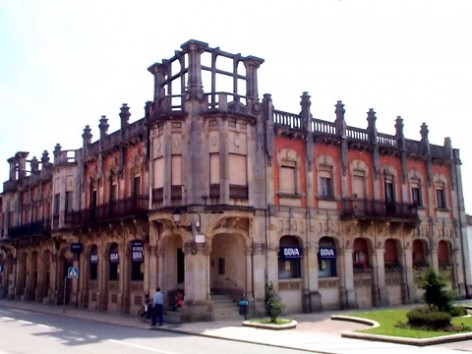
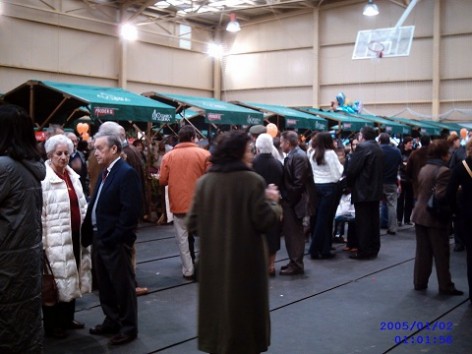
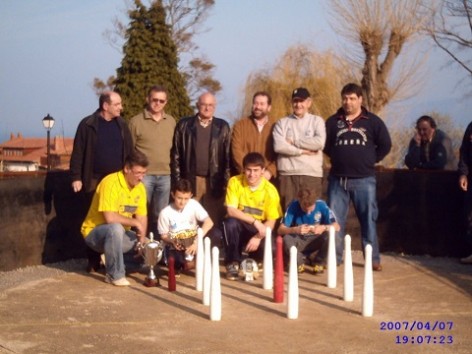

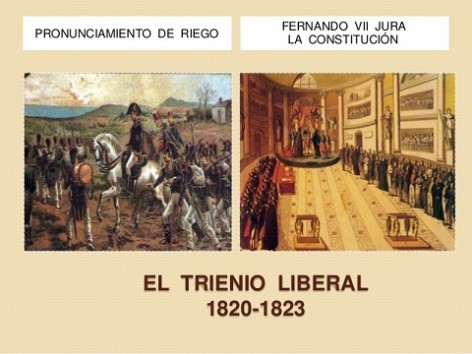
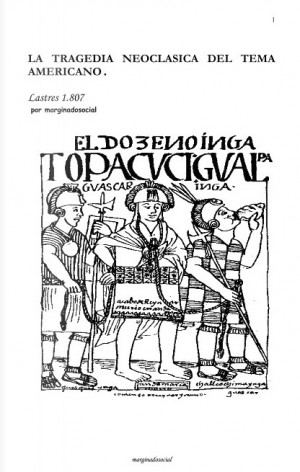
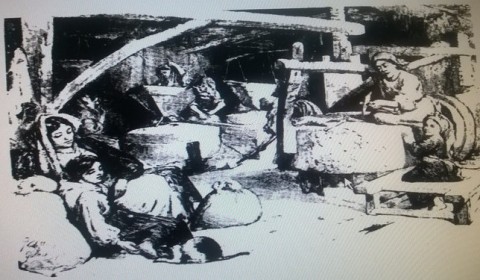
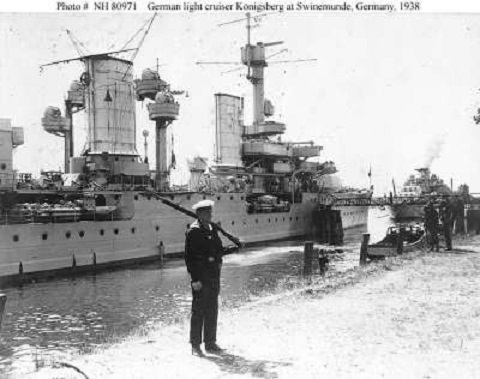
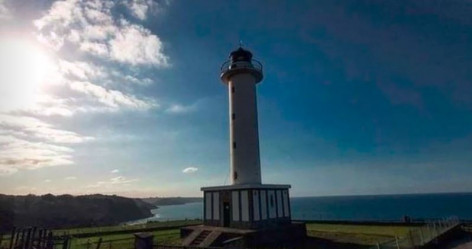
0 Comentarios
Esta noticia todavía no tiene comentarios
Comentar la noticia
El email no será publicado